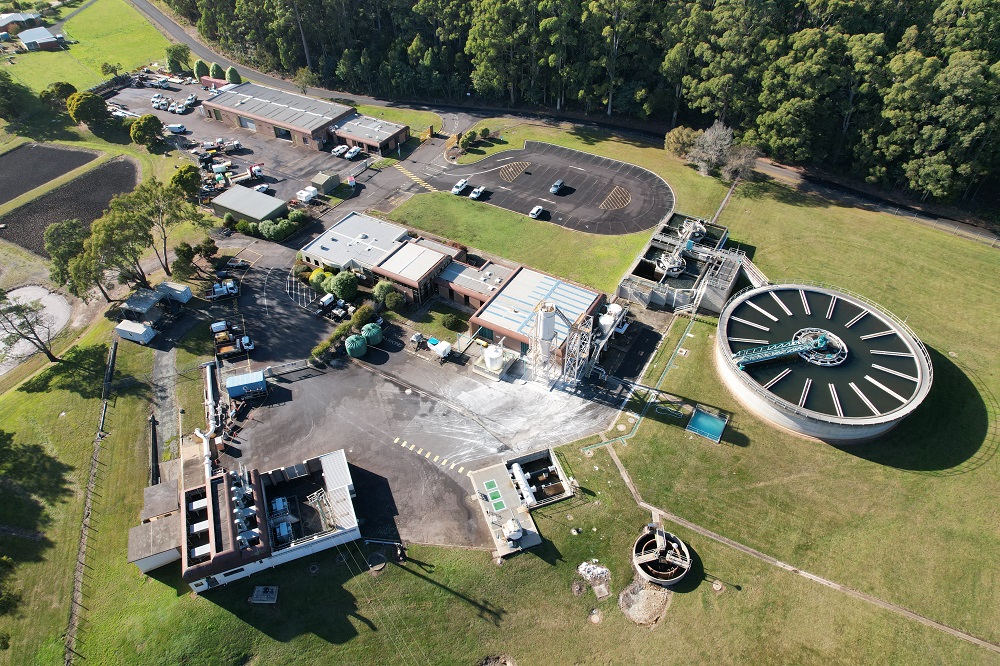
What is chlorine?
Chlorine dissociates in water to form free chlorine, to kill harmful microorganisms. It is a widely used disinfectant for drinking water supplies.
Chlorine has an odour threshold in drinking water of about 0.6 milligrams per litre (mg/L), but some people are particularly sensitive and can detect amounts as low as 0.2 mg/L.
Water authorities may need to exceed the odour threshold value of 0.6 mg/L in order to maintain an effective disinfectant residual to the end of the distribution system.
Why disinfect water?
Water from untreated sources such as dams, rivers and rainwater tanks can contain harmful micro-organisms including bacteria, viruses and parasites.
To ensure that water is safe for public consumption, TasWater must take steps to eliminate these harmful micro-organisms.
Disinfection is a critical control point in the water treatment process. Without sufficient disinfection, we cannot guarantee that the water is safe for our customers. In these instances precautions are taken, such as issuing a boil water alert.
Is it safe?
Yes, chlorine in drinking water is safe. In fact, chlorine has been used to disinfect drinking water supplies around the world for more than 100 years and is a widely adopted treatment for drinking water in Australia.
The concentration, or dosage, of chlorine in drinking water is very low and it is safe for consumption.
The amount of chlorine added to each water supply will vary, but typically levels will be less than one milligram per litre or 0.0001%.
Chlorination of drinking water is endorsed by the National Health and Medical Research Council, the Department of Health and the Australian Drinking Water Guidelines.